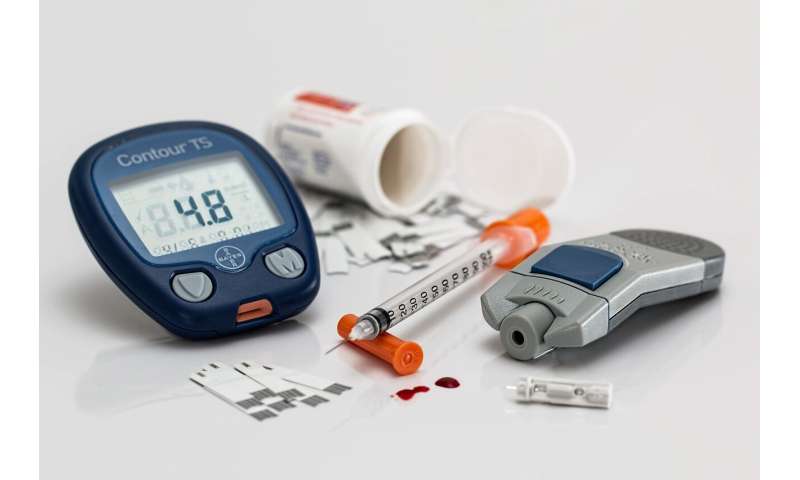Transplanting pancreatic islet cells under the skin to treat diabetes

A team of researchers affiliated with multiple institutions in the U.S. has successfully tested the idea of transplanting pancreatic islet cells under the skin to treat diabetes in test mice and monkeys. In their paper published in the journal Nature Metabolism, the group describes a new technique they developed for transplanting pancreatic islet cells under the skin and how well it worked.
Diabetes type I occurs in people when their immune system, for unknown reasons, attacks and destroys cells in the pancreas that create insulin. People with diabetes type 1 manage their condition with insulin injections, controlling sugar levels in their blood. But because daily injections are not an optimal way to live, and because injections do not achieve the same degree of sugar level control in the body as the pancreas, scientists seek better ways to treat the condition.
In recent years, some research teams have tried transplanting pancreatic islet cells into the livers of test animals. Unfortunately, that approach has not worked as well as hoped; the islet cells did not survive very long and sometimes caused inflammation. Other researchers have tried transplanting islet cells under the skin where they are more accessible if something goes wrong. But such efforts have failed, as well. The cells could not survive for very long, but for a different reason. They didn’t get enough oxygen. In this new effort, the researchers have found a way around this problem.
To help the islet cells live longer after being transplanted under the skin, the researchers first encased them in a collagen-based matrix. This not only served as protection for the cells, but initiated a process that allowed them to receive more oxygen. The researchers acknowledge that they do not yet know what that process is, but found it worked well in mice. They tried the technique by transplanting islet cells from mice, pigs and humans into 100 test mice with removed pancreases. The procedure allowed the mice to survive without insulation injections for up to 100 days.
Source: Read Full Article
